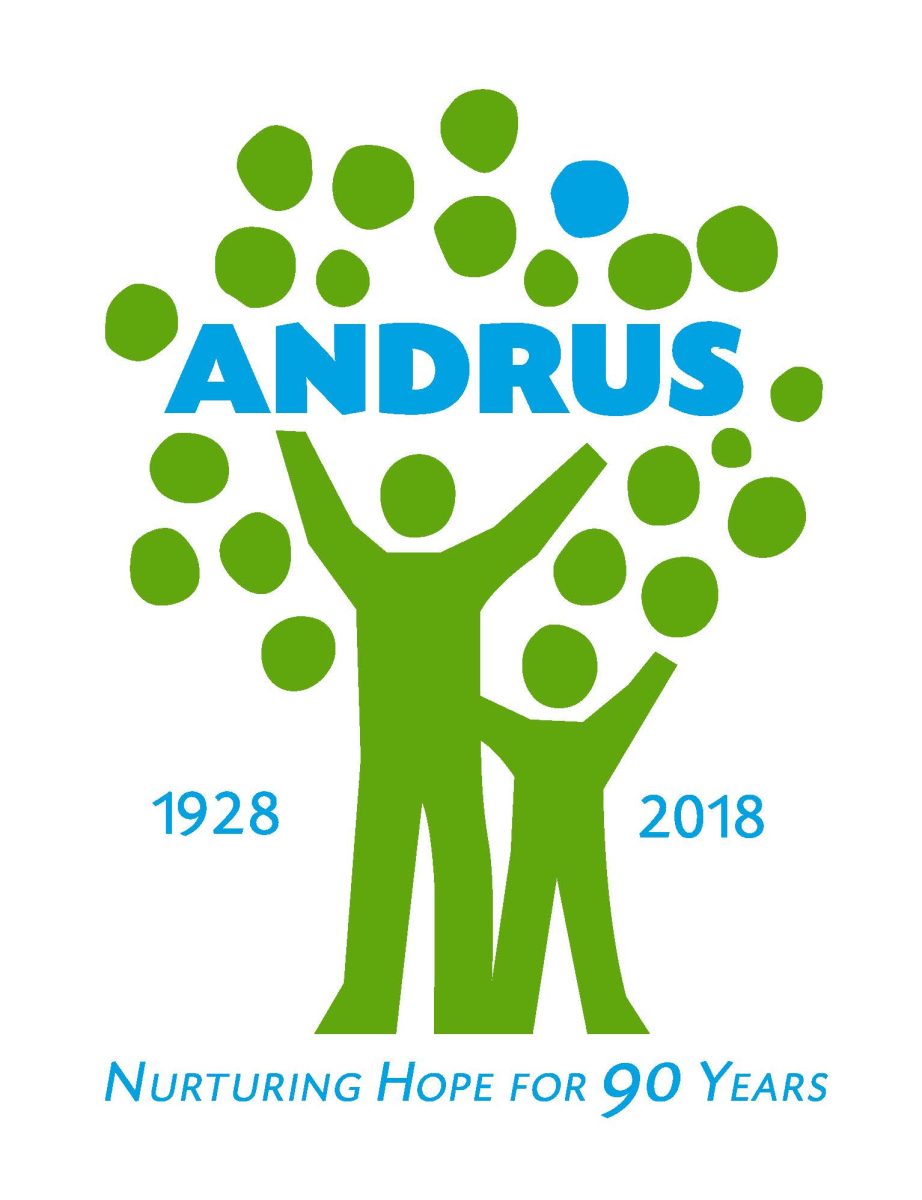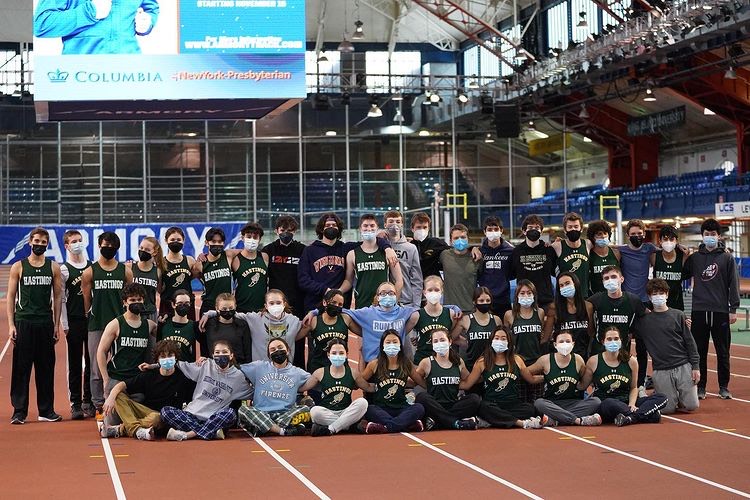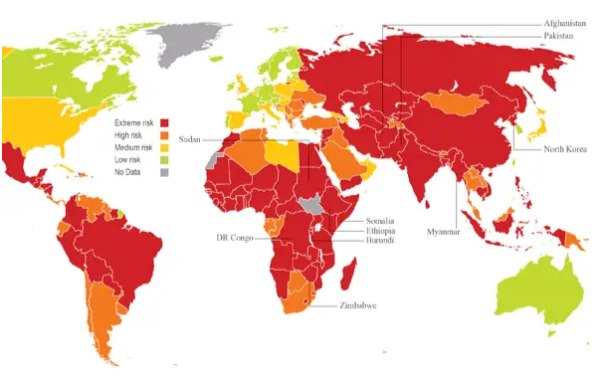The Girls Go For Gold
February 17, 2022
On January 8th, 2021, the annual winter track league meet, a very important meet between every team in the league– took place at the Armory in New York City. There, the Hastings girls team came in first while the boys team came in second. This is the first League meet that the girls team has ever won. This was a huge accomplishment for the girls and gave them confidence for the upcoming meets.
The runners from Hastings really showed their effort with a large number of them getting gold, silver, and bronze medals. Livi Mielke, who came third in the 600 meter run, said that the meet is “ definitely something that boosts morale because this is actually something we are capable of.” She went on to say “It makes the track team seem more important.”
Anna Thomas, a captain on the track team who placed in both the 1500 meter run and the 3000 meter run, talked about staying with the sport even though it’s extremely difficult. According to her, the people involved in track make the physical difficulty worth it. “Everyone is so nice, even people you are competing against,” he said. “People from other teams are always talking before the race.”
So what exactly makes league meets different from other meets?“ They are a lot smaller, and there are a lot fewer teams,” Anna said. “Most of the teams are comparable to us“It’s a lot smaller, so if you are willing to run as many events as possible you are a lot more likely to win.”
The runners for the Hastings track team work very hard, practice is six days a week. Practice is at 3:30 and goes to either 5:00 or 6:00. On Saturdays, practice is typically at 9:30 am, and it goes to about 10:30 or 11:00. Celia Silverstein, who came in first in the 600 meter run, didn’t think there was too much of a difference in the type of training done for this year’s league meet versus a regular meet. ” She said, “I don’t think we necessarily trained any differently. We were just stronger since we had been working and training longer. I think training over break definitely helped.”
According to Caitlin Thomas, who came in first place in the 3000 meter race, a typical training week “usually consists of one to three workouts in the weight room after practice. Also longer easy runs that can range from two to seven miles.” A typical workout is “a one mile warm up, followed by a 1000m all out, then a 500m all out, then a 250m all out, and a 55m as fast as you can finally ending with a one mile cool down.”
Cara Novak, a sprinter and captain on the Hastings track team, says that training for sprinters isn’t “necessarily harder, but it’s definitely more calculated so that you don’t stress out your body. You basically work to a state where you feel good about your race.” Julie Aleiner, another captain, says, “Coach Guilfoyle makes sure to balance out every day with a workout and then an easier day for recovery.”
At the league meet, many people stepped up to run multiple events–including ones they had never run before in order to increase the number of possible points for the team. When asked about people running different events Anna Thomas said “That is why we won. People doubled and tripled up on events, which practically gave the points.”
Coach Guilfoyle pointed out that mental training for the meet is also extremely important, saying that “You can do what you believe. If you start at a negative point, that is going to be true, but if you start at a positive point it will also be true. Running is very much about the mental aspect and about believing and trusting yourself, which is one of the hardest things to train, but one of the most important.” However, there are a few differences between training for a League meet than for a regular meet. “The big difference is that at the beginning of the season we train through all of our meets and the goal is the end of the season championships. Once the League meet comes, that’s when we start to fine tune our workouts and cut back a little bit on the intensity of things so that people are a little bit more rested.” When asked if she thought that the girls’ victory had an affect on the team, Coach Guilfoyle said “I was happy that this year the League meet was a little earlier in the season because January can be a very long cold month so I really think it was a good thing because it helped people train through the dark and cold times.”
A lot of runners also participated in events that they normally do not to help the team win. As Cara pointed out, this is important because participating in more events allowed the team to score more points during the meet, especially if they placed in these events. Julie says that “it’s really important to get out of your comfort zone in track. We’ve trained for anything— we’re prepared for any curve balls that Coach throws at us.”
The League meet this year was a major success for our winter track team, and the runners put in their all to make it happen. Cara said that, “As cliche as it sounds, what keeps us going is very often the coach and the people.”































